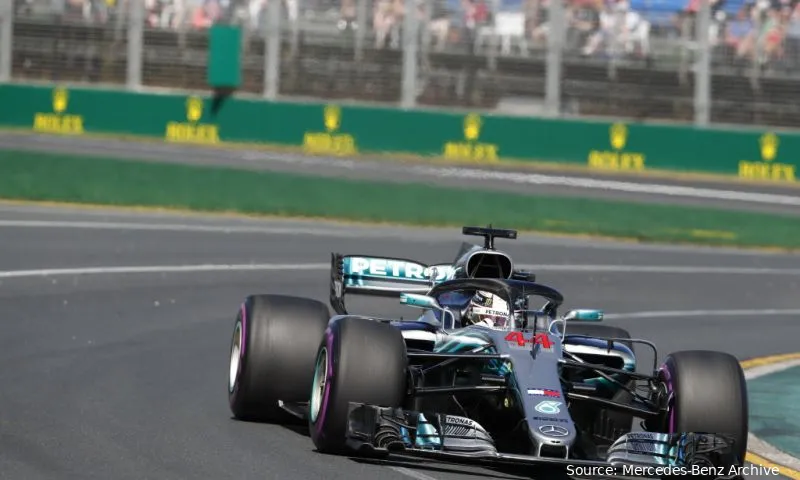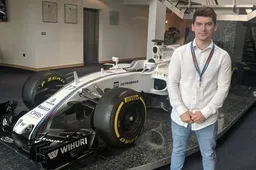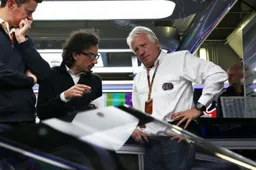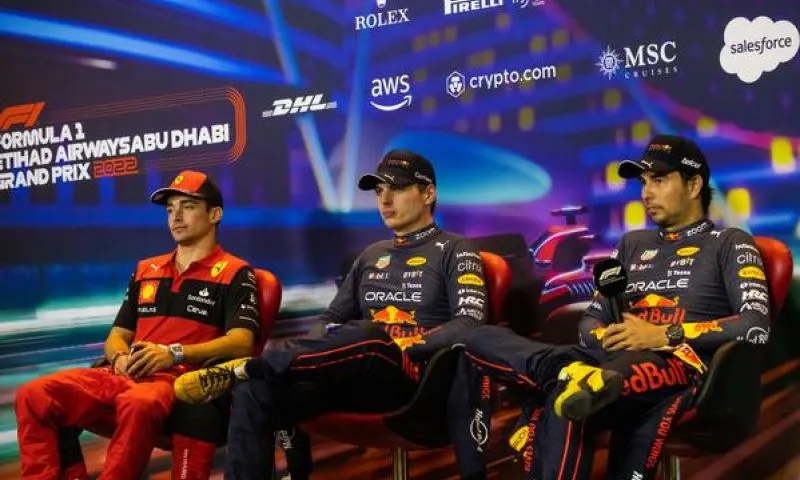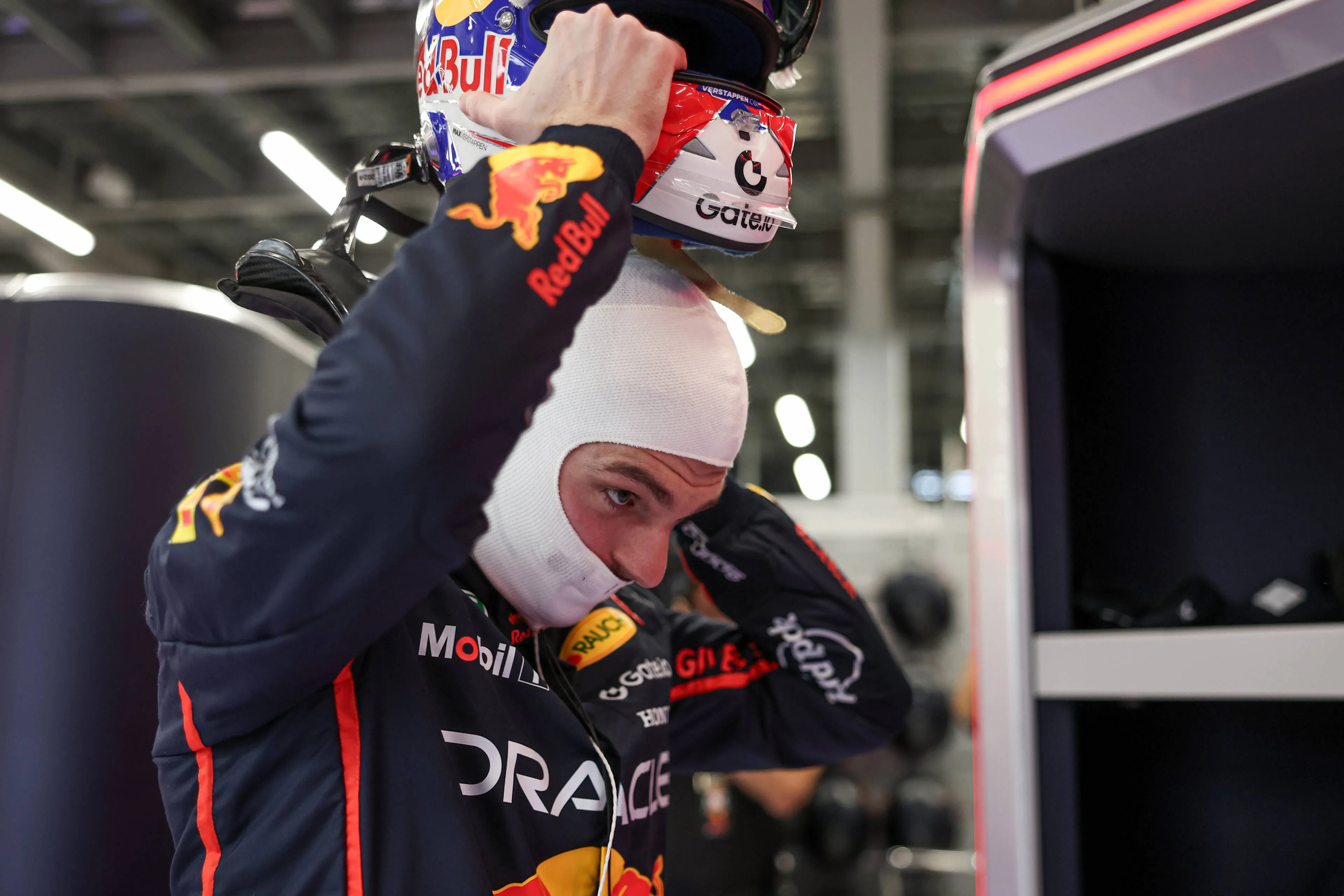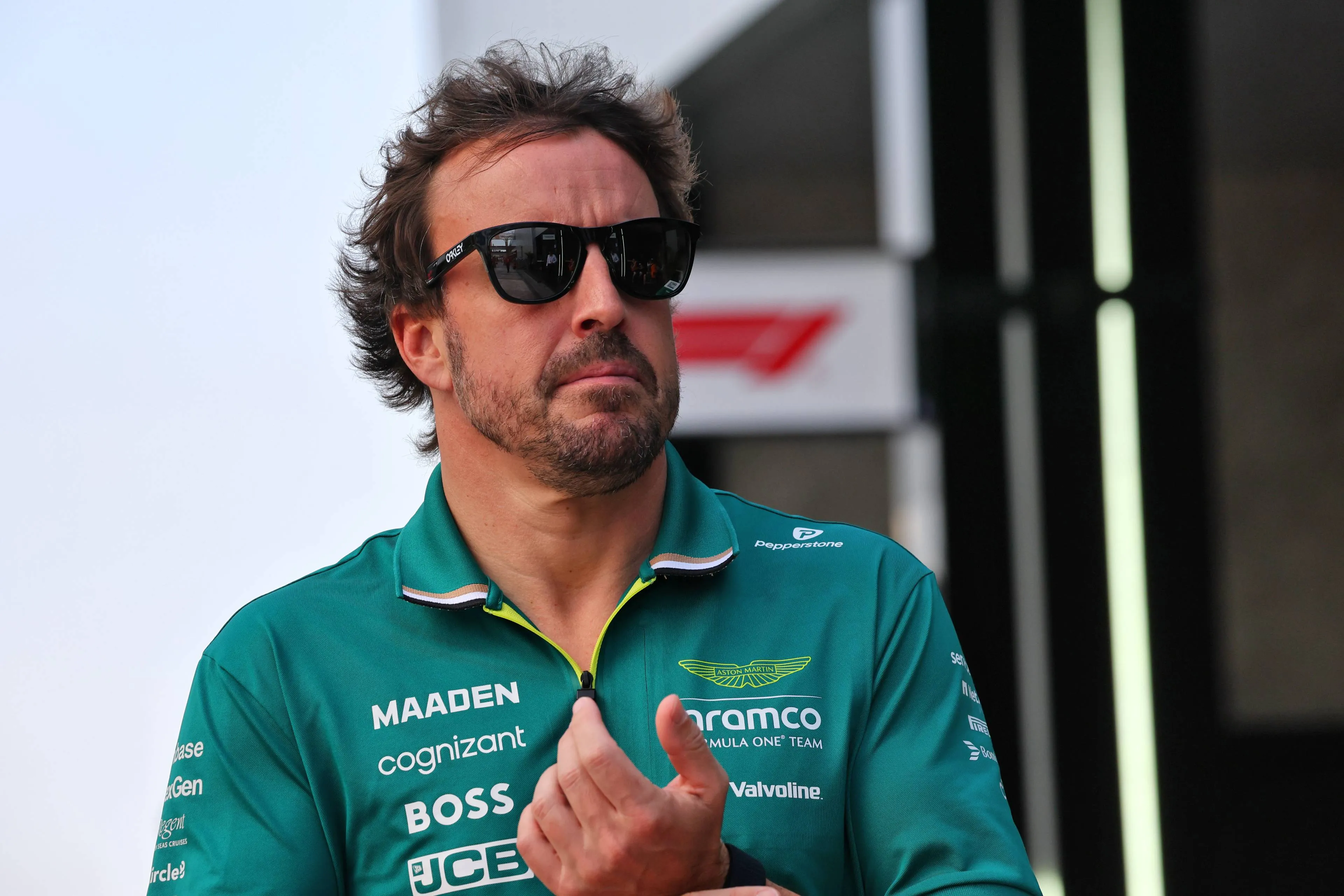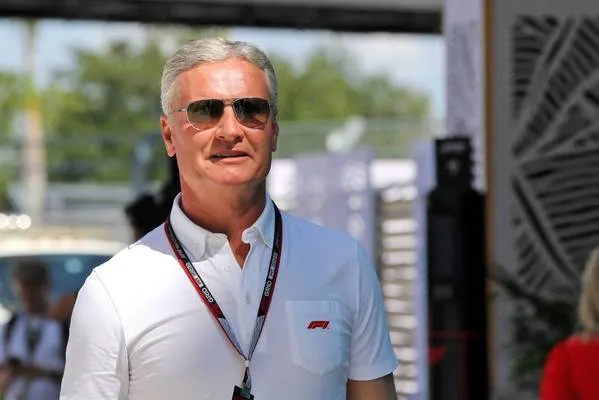The Briton was prevented from chasing race winner Sebastian Vettel any further during the Australian Grand Prix due to an overheating engine.
Mercedes' fears that there could be potential damage or extra wear on Lewis Hamilton's engine won't be laid to rest until Friday practice in Bahrain.
Hamilton was chasing down Sebastian Vettel in the closing stages of last weekend's Australian Grand Prix after the Ferrari driver had jumped the Mercedes man with a slice of luck with the virtual safety car and a Mercedes computer error.
The reigning champion eventually made a mistake costing him valuable time and his charge afterwards was halted by engineers on the pitwall who were concerned there could be overheating issues with his power unit.
Mercedes engineer Andrew Shovlin said he believes the power unit will be ok to use for the rest of its planned lifespan but fears to the contrary might not fade until they see the data during practice for the Bahrain Grand Prix.
"You may have heard us on the radio telling Lewis his engine was getting hot," he said.
"That is just the fact that when the cars get so close, you don't get clean air going into the radiators to keep it cool.
"It did get quite close to limit temperate, but we are monitoring these limits very closely. You can run up to the limits, you just have to be careful you don't run over them."
"In Lewis' case, we were OK and just up around the limit. You heard Lewis say on the radio he couldn't get past and he was going to save the engine.
"But, we are pretty confident the engine will be in good shape. We are limited in what tests we can do because we can't actually run the engine, we are not allowed to until we get to Bahrain.
"In terms of where it will be used next, at the moment that's Lewis' only engine in the engine pool, so he is going to be running that engine in Bahrain and China.
"We will be monitoring them as we always do to ensure everything continues to be okay."
Any potential damage or extra wear on the power units could be hugely problematic this season with the number of available units going down from four to three for 2018, meaning teams will have to be extremely cautious with mileage and engine modes.
Read more about:
Popular on GPBlog

1
Stella thankful it was Hamilton Piastri made daring move on: 'Very fair competitor'
943 times read

2
Former Red Bull Driver Predicts Early Departure of Hamilton from Ferrari
751 times read

3
'People can see how good Max Verstappen is now', says former F1 driver
668 times read

4
'Russell and Antonelli are a safer bet to Verstappen, and a lot cheaper too'
667 times read
